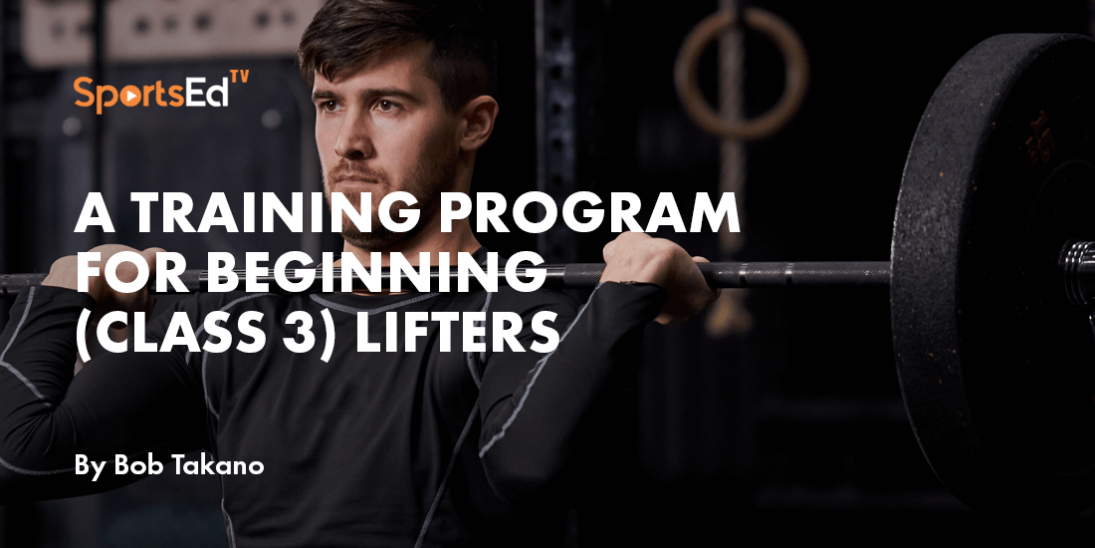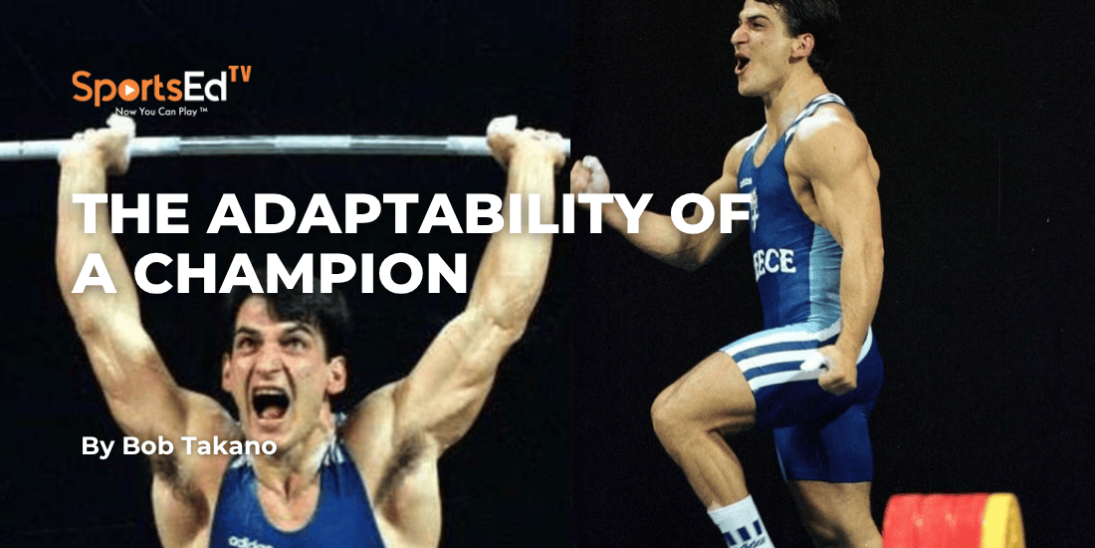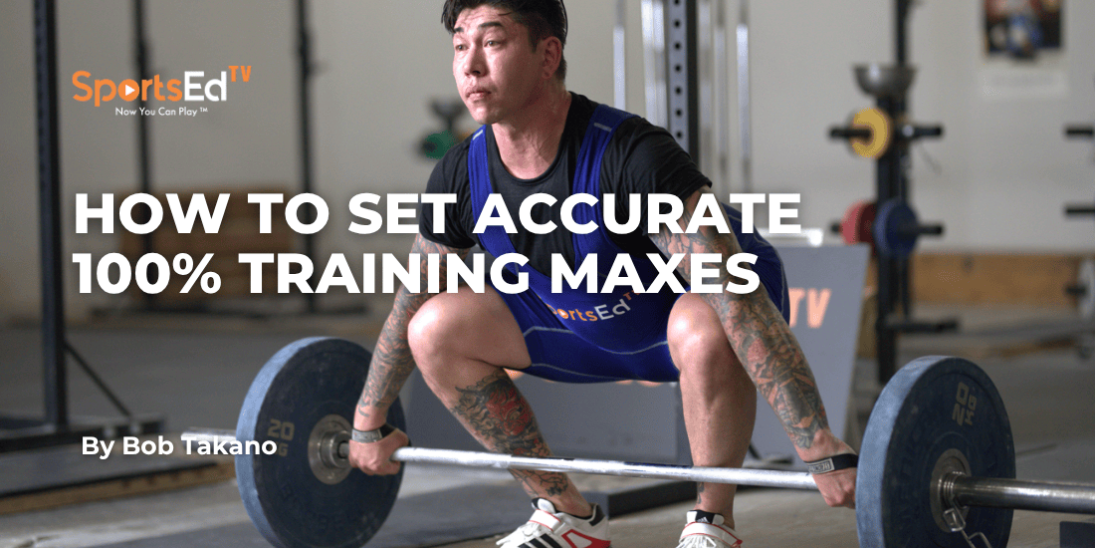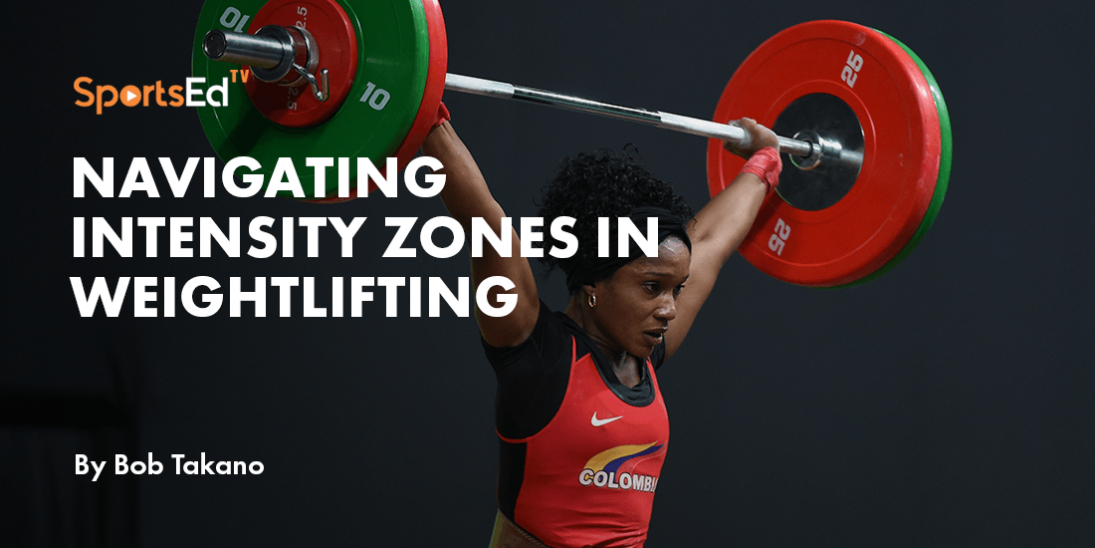Strength And Conditioning, Weightlifting
Welcome and thanks for visiting...

7 Steps to Better Technique Coaching
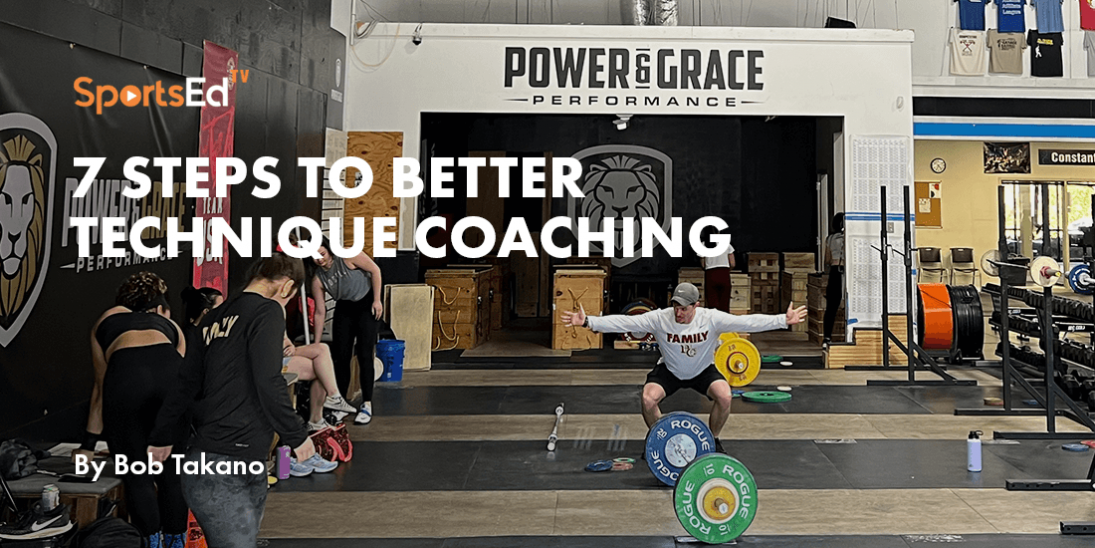
Whenever I present at seminars about coaching weightlifting, I always try to emphasize the following seven points in this particular order for those interested in improving their technical coaching skills.
Realize Something Is Wrong
In order to realize that a lift is being performed incorrectly, you have to be able to perceive a correct lift. If you can’t do this, you must first develop this skill. You need to discern what a perfect lift would look (and sound like) for the individual in question. Simply completing the lift is not sufficient. It must be lifted with near-perfect technique, which will vary from individual to individual. If you can’t watch a lift or listen to the sounds of a lift and tell if it’s not being lifted correctly, you cannot coach technique.
Identify the Specific Error
This is a process of identifying symptoms. Was the bar moving too slowly? Was the bar misdirected? Did the athlete perform the various components out of sequence? Was the foot spacing incorrect? Was the flow of movement disrupted or mistimed? These and many more questions like them need to be considered when determining the error(s). As a proficient weightlifting coach, you need to be able to identify the error immediately.
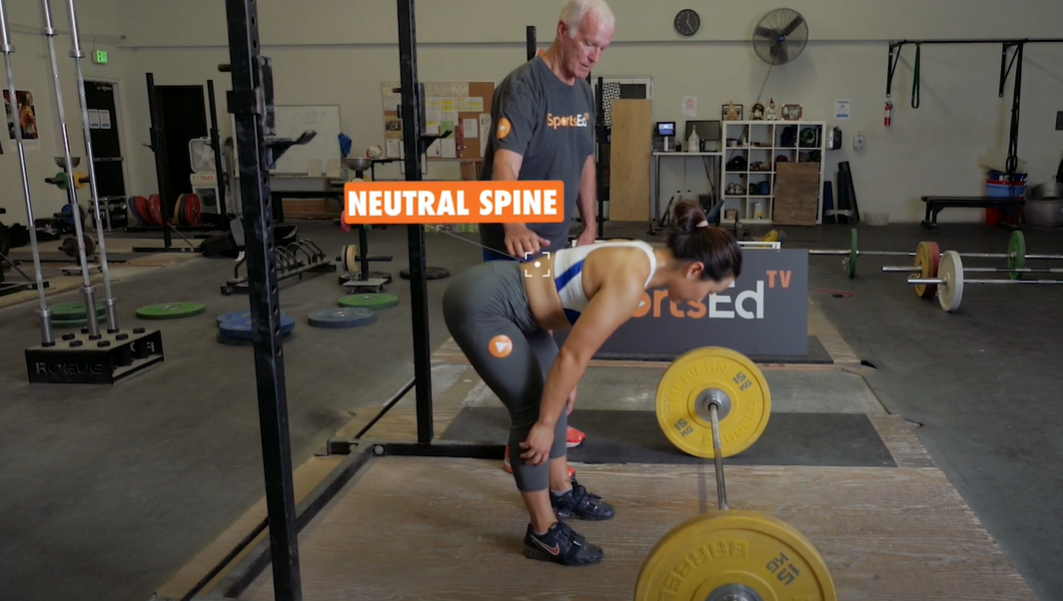
Identify the Cause of the Error.
This is where the process gets to be a little more involved regarding specific knowledge. The specific knowledge involves the movement patterns employed in performing the lift and the biomechanics of those patterns. At the recent USA Nationals, I heard one coach telling his athlete to "stick your head through” during the jerk as the lifter was always losing jerks forward. The cause of the problem was not the head issue but rather that the lifter initiated the dip with knees locked, thus causing a forward flexion of the hip, which directed the drive forward. A lack of familiarity with the biomechanics of snatches, cleans &; jerks will result in misidentified causes of errors.
Explain How to Fix the Error.
This is where your communication skills come to bear. Not everyone responds to the same cues and requires explanation to the same degree of detail. As the coach, you must figure out the best means of explaining the correction to be made and how it is supposed to feel. If you don’t know how it feels, you may have a problem explaining it. Yet you must do so if you are to be effective. It may take an explanation, a demonstration, or actually putting the various parts of the athlete’s body in the correct positions. Whatever it requires, the message must be gotten across.
Prescribe the best remedial exercise.
At this point, you will need to pull out of your toolbox the best exercise to remediate the problem. If you’ve been coaching for a while, you know the best exercise for each situation. You must demonstrate it and make sure that it is performed capably by your athlete. In many cases, the athlete does not perform a portion of a lift correctly because it is poorly conceptualized. Your job is to select an exercise that aids in incorporating the concept. For example, if your athlete regularly loses snatches on the recovery by dumping them forward while standing from the deep squat, you may need to prescribe overhead squats with a pause at the bottom and an emphasis on leading with the chest.
Prescribe the proper dosage.
This is where you prescribe the sets, reps, and sometimes the actual intensities. Many trainees, especially if they’ve never been athletes, believe they must work on something endlessly instead of in optimal dosages. It is your job to prescribe the proper dosage in light of neural fatigue and the overall impact of training on the individual.
Integrate it into the Training Program.
Let your athlete know when and how often to perform the remediation work. If it’s especially complicated, it may have to be performed early in the training when the nervous system is fresh. If not so complicated, it may be done after the performance of the main movement. Some may be attached at the end of the training, and some remediation may even be performed outside of the regular training sessions. Equally important is determining when the problem has been resolved and whether the remediation should be deleted or only periodically administered. You are the coach and need to make these decisions and prescriptions.
So there you have it. Each of the seven steps needs to be mastered if you consider yourself a sound technique coach. If you’re not at that point of mastery, you need to get started!
For those searching for the most credible training information based on fifty years of coaching experience, the Takano Weightlifting Coaching Membership is a vast collection of videos and written content touching upon a complete approach to coaching weightlifting. Coaches of beginners and elite athletes will be able to discover helpful content. Lifters will also find this information valuable, although it is written from a coaching perspective. Check out this link Takanoweightliftingcoaching, to find out more and sign-up.




